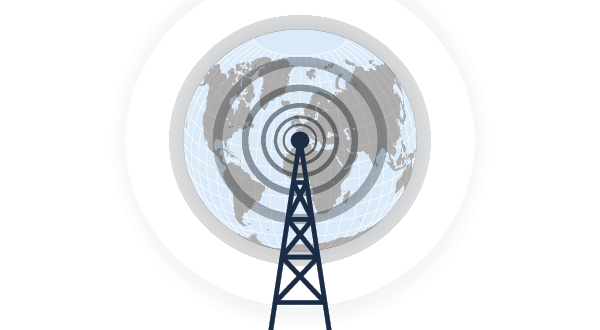How to Drive Visibility Through a Supply Chain Network Control Tower

As supply chains become increasingly stretched geographically and functionally, the challenge of driving visibility through layered and disparate networks becomes infinitely greater. When it comes to managing compliance among third-tier suppliers in Asia, speeding asset turns at a domestic distribution yard, or keeping track of carrier partners and shipments on the ground, at sea, and in the air, there is no substitute for visibility and the control it provides.
Companies often outsource portions of their business to third-party logistics providers (3PLs) to aggregate control over, and bring transparency to, supply chain activities. In some cases where networks are decentralized or overly complex, fourth-party logistics providers (4PLs) or lead logistics providers offer comparable oversight with a single point of interface.
In a similar way, shippers can invert the 4PL approach to provide a "control tower" view within their own supply chains—a common platform for aggregating, cleansing, and communicating real-time data. The idea is that internal supply chain functions and external partners—3PLs, suppliers, carriers, customers—can tap this shared information stream to collaborate and perform in a much more efficient and economical way.
A network control tower provides flexibility so new partners can plug into new systems or interfaces. Apart from the economies of executing with standardized data, companies can use this platform to engage strategic change across the supply chain by identifying root problems and fixes, and optimizing systemic processes.
A Model Approach
Consider this example of a shipper that worked collaboratively with both an IT and 3PL partner to engineer a supply chain control tower. The objective was to drive greater visibility by creating one single, fact-based source of truth across its entire global network, eventually integrating most of its provider spend into one central source.
The company devised a control tower platform with two foundations: a cloud-based information architecture supported by an IT partner, and network analytics anchored by a 3PL. Transportation and logistics partners across the network individually plug into the platform. The two service providers are the virtual information layer that interacts collaboratively with strategic logistics partners to drive network excellence.
The technology company contributes three interlocking IT components that include: a collection of B2B software applications for automating global trade and logistics processes across business networks; a network controller for creating and managing dynamic business relationships, permissions, and roles of multiple organizations working together in business communities; and a global data grid to connect to the systems of thousands of partners and providers, and to standardize the data from the systems of those partners.
The 3PL provides front-end analytics to this information layer, aggregating and managing data from multiple cloud and proprietary customer sources, creating cross-database associations that enable common reporting to drive customer KPIs, and visualizing the data via a Web-delivered, highly configurable dashboard software suite.
Qualify and Measure
By filtering and integrating supply chain information through a network control tower, the shipper is able to qualify data, then measure performance throughout the extended network. The information is indisputable. Having anytime visibility to one source of truth enables the shipper to manage and audit rates; identify, prioritize, and realize additional cost savings via real-time optimization; standardize business processes holistically; and respond faster to supply and demand shifts while presenting a flexible platform for engaging more strategic business process changes.
